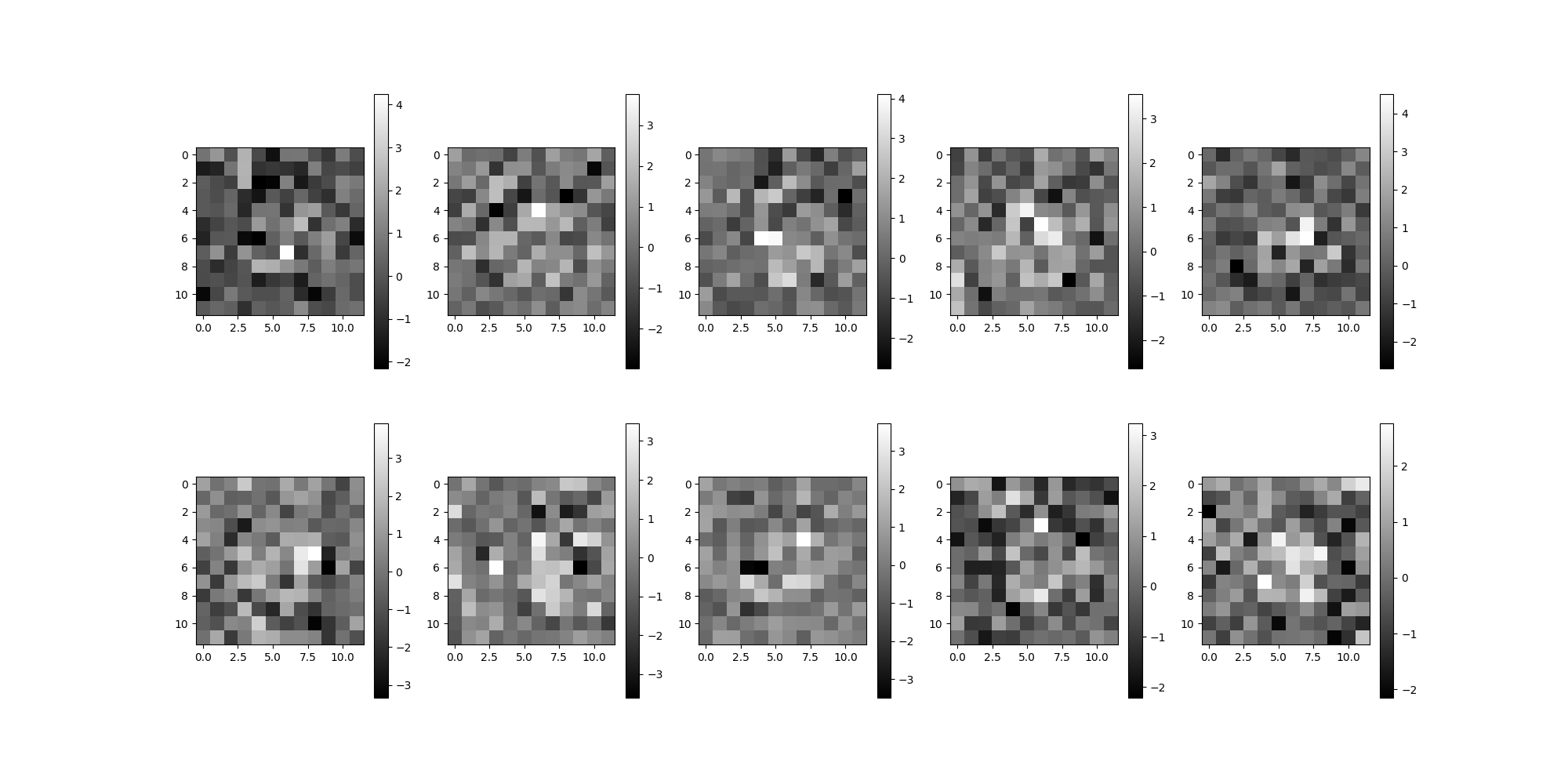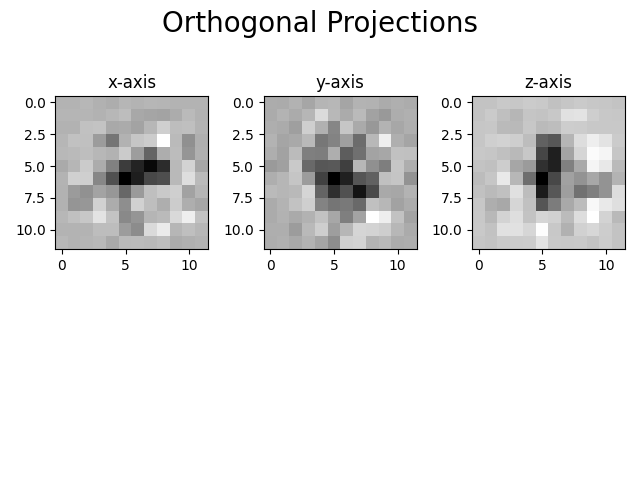Note
Go to the end to download the full example code.
Starfile¶
import os
import matplotlib.pyplot as plt
import numpy as np
from aspire.noise import AnisotropicNoiseEstimator
from aspire.reconstruction import MeanEstimator
from aspire.source import RelionSource
Sources¶
Sources are an interface to various backend stores of data (np arrays, starfiles, etc) They are intended to handle batching data conversion/prep behind the scenes. Here we load a “.star” file using the RelionSource class
data_folder = os.path.join(os.path.dirname(os.getcwd()), "data")
file_path = os.path.join(data_folder, "sample_relion_data.star")
source = RelionSource(
file_path,
pixel_size=1.338,
max_rows=10000,
data_folder=data_folder,
)
# Reduce the resolution
L = 12 # You may try 16 but it takes a significant amount of time.
source = source.downsample(L)
Noise Estimation and Whitening¶
# Estimate noise in the ImageSource instance
noise_estimator = AnisotropicNoiseEstimator(source)
# Apply whitening to ImageSource
source = source.whiten(noise_estimator)
# Display subset of the images
images = source.images[:10]
images.show()

0%| | 0/1 [00:00<?, ?it/s]
100%|██████████| 1/1 [00:00<00:00, 152.03it/s]
Estimate Mean Volume¶
# Estimate mean Volume
mean_estimator = MeanEstimator(source, batch_size=8192)
mean_est = mean_estimator.estimate()
Visualize Volume¶
# MeanEstimator.estimate() returns a Volume Instance,
# which is wrapper on an ndarray representing a stack of one or more 3d volumes.
# We will visualize the data via orthogonal projections along the three axes.
vol = mean_est.asnumpy()[0]
# Visualize volume
L = vol.shape[0]
# Plots
plt.suptitle("Orthogonal Projections", size=20)
plt.subplot(1, 3, 1, title="x-axis")
plt.imshow(np.sum(vol, axis=0), cmap="gray")
plt.subplot(1, 3, 2, title="y-axis")
plt.imshow(np.sum(vol, axis=1), cmap="gray")
plt.subplot(1, 3, 3, title="z-axis")
plt.imshow(np.sum(vol, axis=2), cmap="gray")
plt.tight_layout()
plt.subplots_adjust(top=1.25)
plt.show()

Total running time of the script: (0 minutes 0.912 seconds)